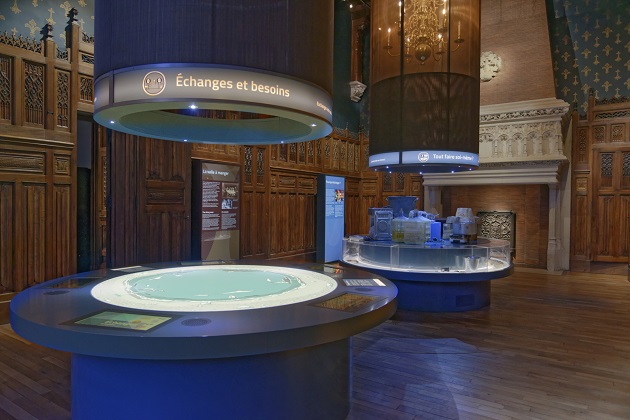The semi-independent visit allows pupils to explore the permanent exhibition in small groups, with a specially designed questionnaire. Citéco’s mediators will be there to meet them throughout their visit to help them understand the route and theme of their visit.
All the themes are adapted to the first year general and technological lycée SES sylabus and to the second third year general stream lycée SES syllabus, as well as to the second and third year lycée STMG syllabus.
When booking, teachers select a visit route from among those offered. Once the booking has been confirmed, teachers will receive an educational pack and questionnaires for pupils (to be printed before the visit) via email to help them plan their visit to the Cité de l’Économie.
Semi-independent visits are only offered to SES (economic and social sciences) and STMG (management sciences and technologies) lycée students.
Discover all our semi-independent visits!
Published on 28 October 2019. Updated on 14 October 2022



